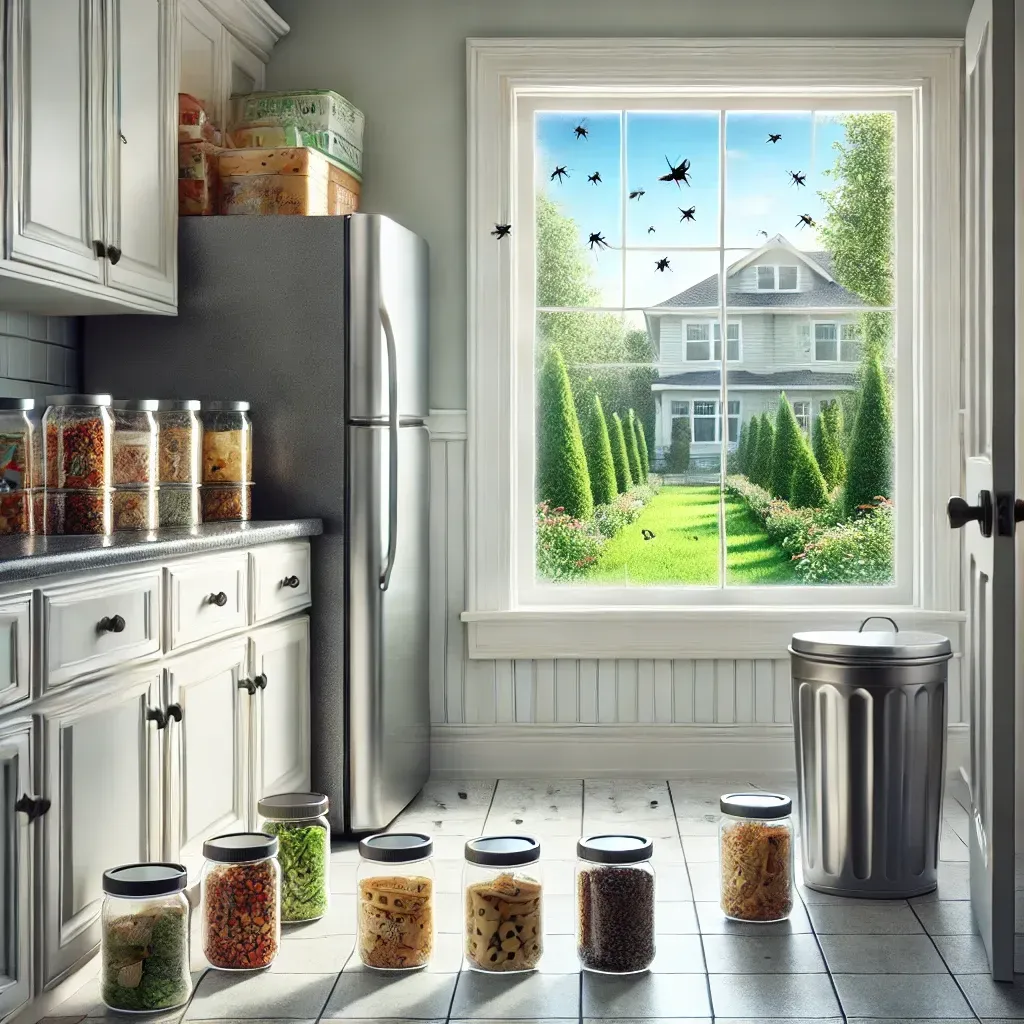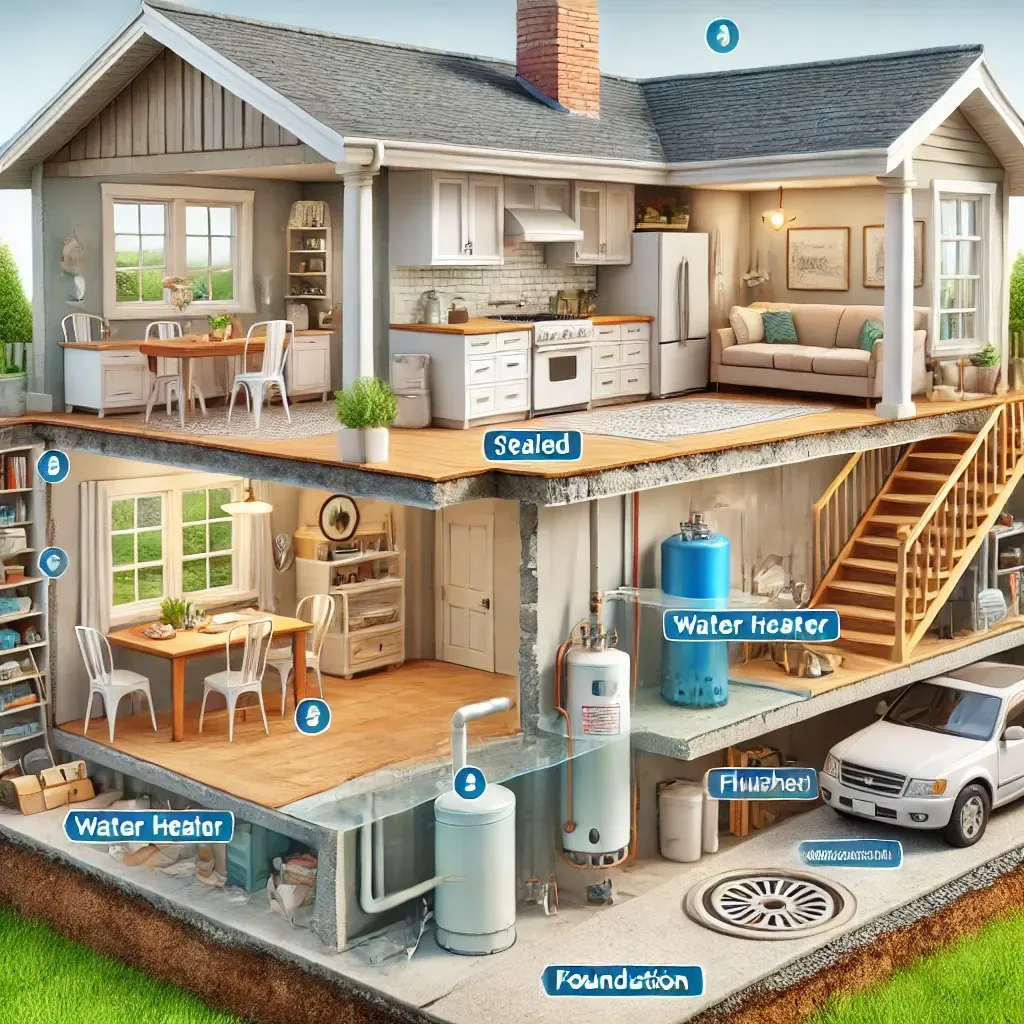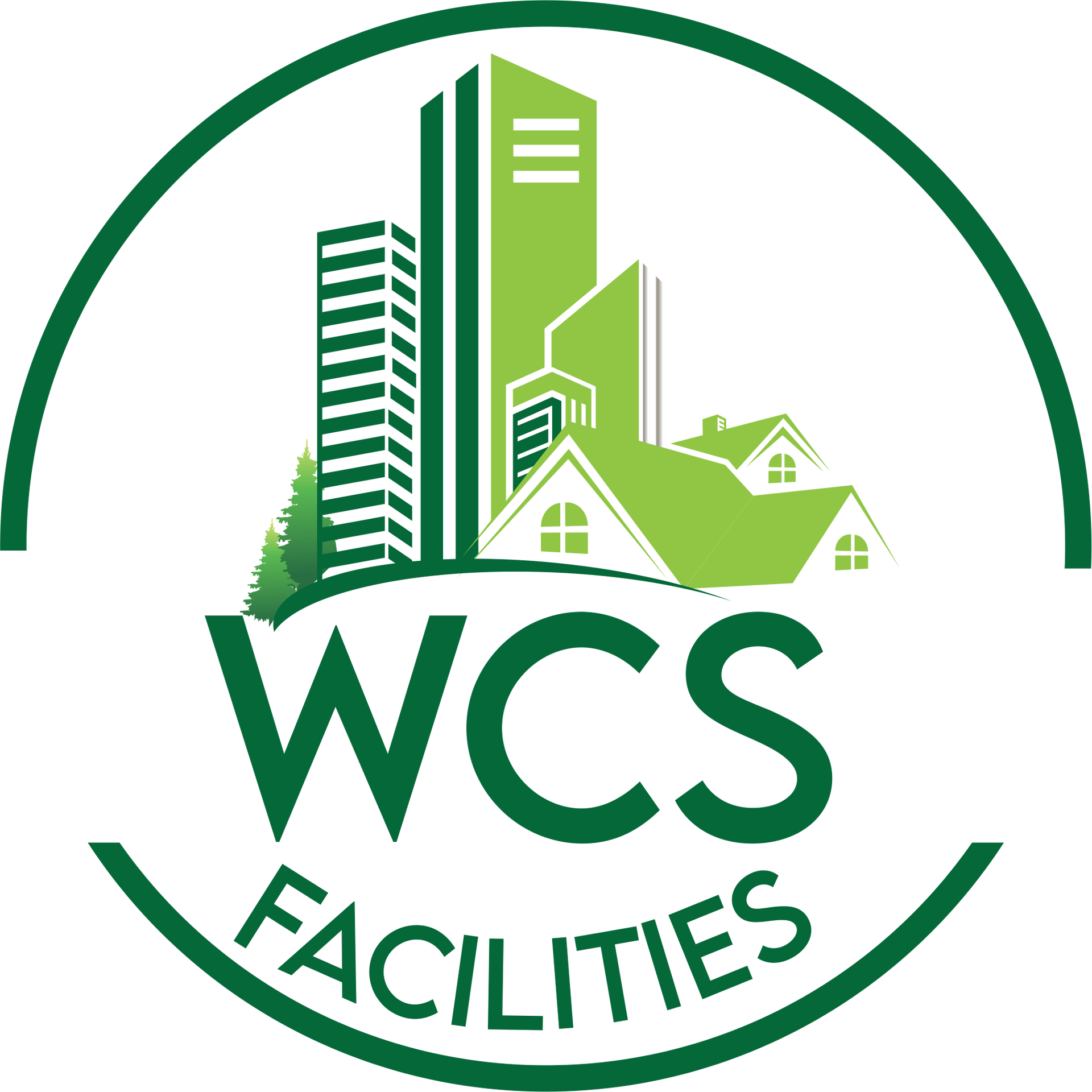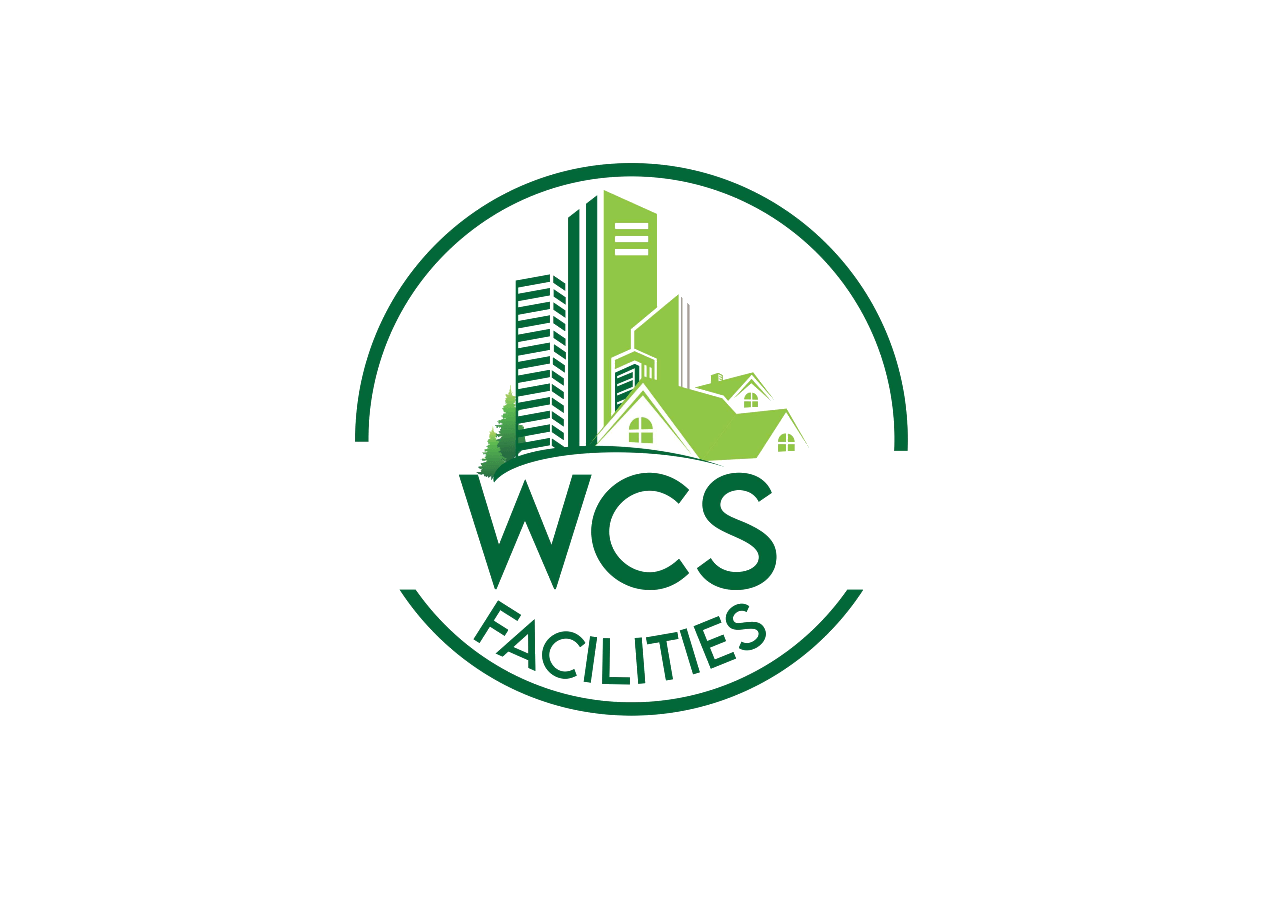The Crucial Role of Facility Maintenance in Ensuring Operational Excellence
Facility maintenance is a critical aspect of organizational management that often goes unnoticed until something goes wrong. It encompasses a broad range of activities to preserve and prolong the functionality of a facility's physical space, equipment, and systems. Effective facility maintenance is pivotal in ensuring operational excellence and a conducive working environment, from routine inspections to emergency repairs.
The Importance of Facility Maintenance
Preserving Asset Value
A facility is a significant investment for any organization, and regular maintenance is vital to preserving its value over time. Neglecting maintenance can lead to the premature deterioration of buildings, equipment, and systems, resulting in costly repairs or replacements. By implementing a proactive maintenance strategy, organizations can extend the lifespan of their assets and optimize their return on investment.
Ensuring Safety and Compliance
Safety is paramount in any facility, whether an office space, manufacturing plant, or healthcare facility. Regular maintenance helps identify and rectify potential safety hazards, ensuring a secure environment for employees, visitors, and occupants. Additionally, adherence to industry regulations and compliance standards is crucial, and proper maintenance practices play a vital role in meeting these requirements.
Operational Efficiency
Well-maintained facilities contribute to enhanced operational efficiency. Regular inspections and preventive maintenance activities help identify and address issues before they escalate, minimizing downtime and disruptions to daily operations. This proactive approach allows organizations to maintain a smooth workflow and consistently meet their production or service delivery targets.
Cost Savings
While some organizations might view maintenance as an additional expense, it is, in fact, a cost-saving measure in the long run. Reactive maintenance, or addressing issues only when they arise, often leads to higher repair costs and unexpected downtime. Planned maintenance, on the other hand, allows organizations to budget for repairs, avoid costly emergencies, and minimize operational interruptions.
Key Components of Facility Maintenance
Preventive Maintenance
This proactive approach involves scheduled inspections, routine cleaning, and timely repairs to prevent equipment or systems from failing. Preventive maintenance helps identify and address issues before they become significant problems, reducing the likelihood of unplanned downtime.
Predictive Maintenance
Leveraging advanced technologies such as sensors and data analytics, predictive maintenance uses real-time data to predict when equipment will fail. This allows organizations to schedule maintenance activities precisely when needed, minimizing disruption and optimizing resources.
Corrective Maintenance
When unexpected issues arise, corrective maintenance becomes necessary to address and rectify the problem. Timely response to equipment failures or malfunctions minimizes downtime and prevents further damage.
Routine Inspections
Regular inspections are the foundation of effective facility maintenance. These inspections help identify potential issues, assess the condition of equipment and facilities, and ensure compliance with safety and regulatory standards.
Facility maintenance is a cornerstone of operational excellence, contributing to organizational assets' safety, efficiency, and longevity. By adopting a proactive and strategic maintenance approach, organizations can minimize downtime and repair costs and create a conducive environment for employees and visitors. Embracing technology and
best practices in facility maintenance
positions organizations to thrive in a dynamic and competitive business landscape, ensuring their facilities remain assets rather than liabilities.

Elevate Your Space, Ensure Your Success
Your business's heartbeat lies in your facilities' efficiency and functionality. Don't let neglected maintenance be the silent threat to your operations. It's time to take proactive measures and invest in the longevity of your assets!
Proven Excellence: With years of experience, WCS Facilities Management is a trusted partner in the industry. Countless satisfied clients attest to our commitment to quality and reliability.
Comprehensive Solutions: We've covered you, from preventive maintenance to emergency repairs. Our complete suite of professional services ensures that every aspect of your facility is meticulously cared for.
Tailored Approach: We understand that every facility is unique. That's why we work closely with you to develop a customized maintenance plan that addresses your needs and challenges.
Cutting-Edge Technology: Stay ahead of the curve with WCS Facilities Management. We leverage the latest advancements in technology and innovation to deliver unmatched results, keeping your facility at the forefront of excellence.
Ready to take your facility to the next level? Contact WCS Facilities Management today and experience the difference firsthand!
You might also like




